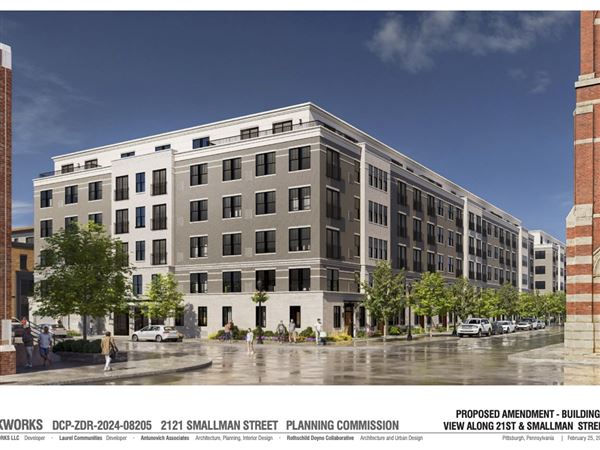Hoping to decrease the cost of care and offer a broader range of services, the Center for Emergency Medicine of Western Pennsylvania is looking to add a virtual alternative to the emergency room.
The center — a consortium of health care systems, including several UPMC facilities — has partnered with Mayor Bill Peduto and Pittsburgh’s Department of Public Safety to propose a six-month televisit pilot program to offer patients more options.
The program would allow a patient to connect with a physician through an iPad provided by personnel from the city’s Bureau of Emergency Medical Services on the scene, according to Ronald Romano, Pittsburgh’s emergency medical services chief.
That would open up more options for patients who refuse to go to the hospital, which, Mr. Romano said, happens at times after EMS arrives or when someone else calls on the patient’s behalf.
A televisit, he said, also could “keep them from having to sit and wait in an emergency department for 10 hours, 12 hours. Our benefit for EMS may be that we would have less time transporting somebody that maybe could have stayed home anyway, and that would make us more available for other calls or details.”
A resolution authorizing the agreement with the city and the Center for Emergency Medicine was introduced in City Council earlier this month. If approved, Mr. Romano said, the pilot could be up and running in a matter of weeks.
It wouldn’t add any cost to the city, Mr. Romano said, and could save patients some money.
The televisit would still come with a cost to the patient, just like a doctor visit, but it would be based on the type of service the patient needed and the coverage in that person’s health insurance. The cost is expected to be less than a trip to the ER.
On average, a visit to the emergency room costs $530, according to 2017 data from the Agency for Healthcare Research and Quality, a part of the U.S. Department of Health and Human Services.
That year, there were more than 144 million visits to the ER, with aggregate costs totaling $76 billion.
Pittsburgh wants to ensure “residents have multiple options for safe emergency care,” especially given the ongoing COVID-19 pandemic that has prompted people to keep their distance, the legislation introduced in City Council says.
EMS personnel are trained and ready to implement the pilot, Mr. Romano said. But many of the specifics about how it would work will be left up to UPMC. The health care system said it couldn’t discuss specifics yet.
The program draws a distinction between a “teleconsult,” which is already occurring, and a “televisit,” which would start under the pilot.
A teleconsult involves a physician from the Center for Emergency Medicine providing advice to EMS personnel on the scene. A televisit, on the other hand, would allow a patient to interact directly with the health care provider through an iPad.
“It’s basically something we do normally but its being taken another step further,” Mr. Romano said.
During the televisit, physicians could prescribe medication and could still recommend that the patient visit a hospital. In that case, Mr. Romano said, EMS would already be on the scene to transport the person.
Lauren Rosenblatt: lrosenblatt@post-gazette.com, 412-263-1565.
First Published: December 20, 2021, 11:00 a.m.

















